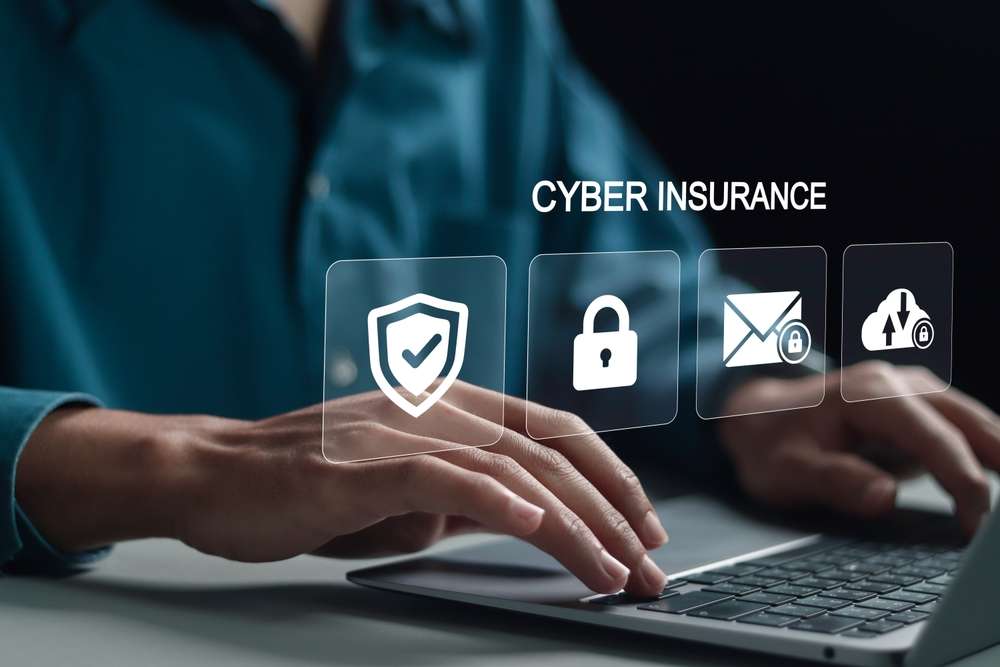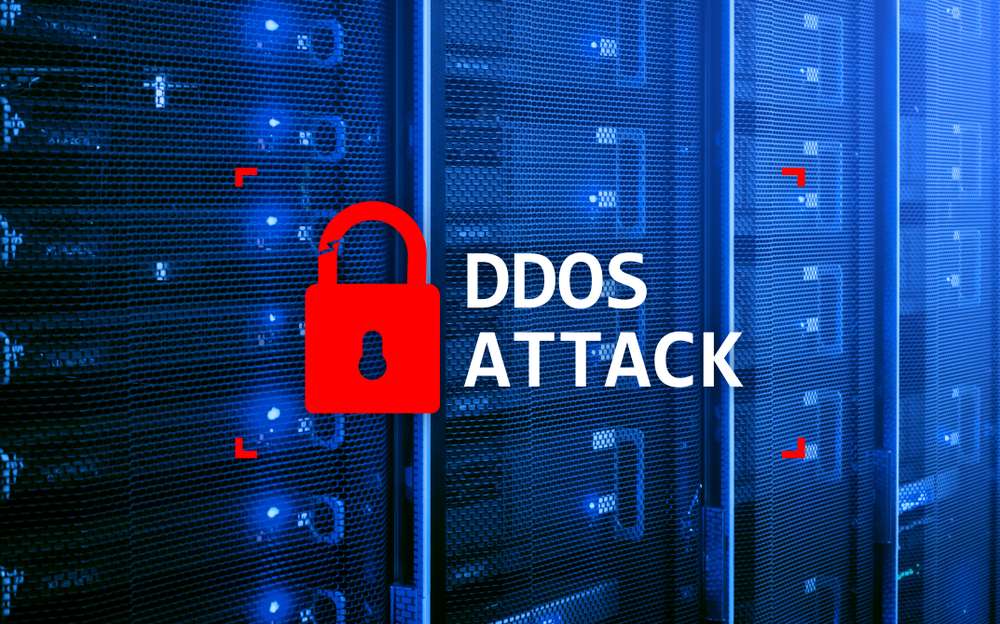It can be difficult to wrap your head around cybersecurity and the different methods used to protect your digital assets. In some ways, it’s comparable to learning a whole new language. Does your head spin when you start to hear acronyms such as EDR, XDR and MDR? Our experts are here to break down each of these cybersecurity approaches to incident response and monitoring and share what they mean for your business or organization.
Estimated read time: 3 minutes

Endpoint Detection and Response
Let’s start with Endpoint Detection and Response, EDR or EDTR for short. EDR is a tool within the toolbox used by Managed Detection and Response (MDR) providers. More below on MDR, but think of EDR as an upgrade from anti-virus protection, and in this scenario, think of endpoints as individual computers, servers or other devices.
EDR records and stores behaviors on endpoints and feeds that activity into the systems that are set up with certain rules. When the activity pattern “breaks a rule” or the system detects an anomaly, a notification is sent to an individual to further investigate the situation. EDR continuously looks for and responds to cyberthreats such as malware and ransomware.
Extended Detection and Response
Extended Detection and Response (XDR) is an evolution of EDR that expands detection from endpoints to include multiple security data sources and automatic data collection and transmission from various security products. In other words, XDR works across a company’s entire infrastructure rather than just one piece. It takes a holistic approach to looking at the security landscape for a company to eliminate silos and gaps that create risk.
XDR tends to be more involved due to its holistic approach. As such, a third-party expert is needed to not only implement the controls but also to monitor them and provide immediate response as needed. This extension to an organization’s internal IT staff is known as Managed Detection and Response or MXDR for short.
Managed Detection and Response
Now that we’ve covered EDR and XDR, the next acronym is Managed Detection and Response (MDR). MDR is a cybersecurity detection and response service that combines technology with human expertise to actively identify and limit threats in real time. Therefore, MDRs reduce the amount of time it takes to detect suspicious activity on your network. Less damage equals less cleanup.
Additionally, this method allows IT managers to redirect their employees from reactive incident response work to other, more strategic job functions. MDR usually involves outsourcing security monitoring and incident response functions to a trusted third-party service provider.
The primary functions of MDR include:
- Threat Hunting
- Monitoring
- Responding
Threat hunting is the act of proactively scanning for cyberthreats that may lurk undetected in a network and identifying bad actors who got through the initial endpoint security defenses. The practice of monitoring means non-stop surveillance of a network or cloud environment. Lastly, the MDR response function includes alerts and notifications that provide analysis and recommendations for resolution. In some situations, MDR can even triage issues based on the level of risk that is detected for each.
The Takeaways
- EDR is the technology/software that “watches” endpoints (only) for risks, ransomware, etc.
- XDR is similar to EDR but extends the detection and response capabilities across various security domains to provide a more integrated approach to cybersecurity. XDR watches network traffic, servers, cloud applications, etc.
- MDR is a comprehensive managed EDR/XDR service typically provided by a third party. MDRs layer a human element to the EDR and XDR technology, proactively monitoring and responding to events that the EDR and XDR “flag”.

As you can imagine, all of these cybersecurity processes can be tricky to understand and execute. Hamilton is here to help keep it straight and to provide the services your organization needs to protect itself from the growing cybersecurity risks happening every day.
Still confused? Hamilton is here to talk with you about your organization’s approach to cybersecurity. We can help you sort through these different options to find the approach that’s right for you. Call 308.381.1000 to set up a free consultation.
If you’re still hungry for more information on cybersecurity, take a look at this article on “4 No-Cost Ways to Improve Your Cybersecurity Today”.
Our team is here to ensure your organization is protected.
Fill out the form below and one of our expert team members will be in contact with you very soon!
Feel free to call us directly at 308-381-1000.
Discover more about Hamilton Business Solutions here!






